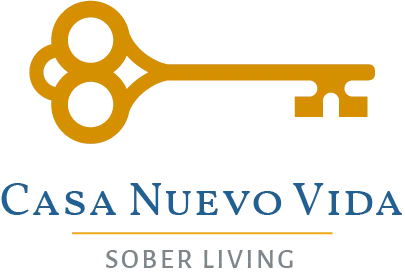In addiction treatment, the term “aftercare” refers to the continuation of treatment after rehab. There are many types of aftercare that can help people strengthen their sobriety skills. People in recovery will need to find what types of aftercare work best for them. Most will derive the maximum benefit by trying two or more types of aftercare.
Effective Types of Aftercare
1. Sober Living Residences
Following a residential course of addiction treatment, some people may not feel fully confident about their ability to remain sober once they return to their home. Others may not have a job to return to, and may need to learn new practical skills to help them find suitable employment. Entering a sober living residence is one of the types of aftercare that may be a very helpful option for those who would benefit from structured support while returning to regular life.
Sober living residences provide a drug- and alcohol-free environment to live in while residents reintegrate into society. Most sober living homes expect residents to find some type of work. Alternatively, residents are encouraged to return to school or college or to take part in vocational training. Sober living residences are one of the most effective types of aftercare, offering support and a sober environment while residents transition to independent living.
2. 12-Step Programs
The 12 Step program was initially introduced by Alcoholics Anonymous, and it is still the methodology used by AA and other groups to help people stay sober.1 The 12 Step program is one of the most widely recommended aftercare programs by addiction treatment specialists.
3. Counseling and Therapy
It is rare that an individual in recovery from the illness of addiction will not experience cravings and urges to relapse. Addiction is similar to other chronic illness in that relapse is relatively common. Relapse rates for addiction are between 40 and 60 percent, which is comparable to relapse rates for people with chronic illnesses like asthma or hypertension.2
Following rehab, people in recovery are encouraged to engage with counselors or therapists to help them deal with the inevitable urges that will arise. Many of those in addiction recovery find it helps to continue to attend counseling and therapy sessions immediately after rehab.
4. Family Therapy
People with addiction will find it easier to control their illness if they have the support and understanding of their families. They will also find it helpful if they can come to terms with the effects their illness has on other members of the family. Family therapy is an ideal setting for people with addiction and their families to address the effects addiction had on the family. It can help people identify positive ways to undo the damage that may have occurred in family relationships. This helps to reduce or eliminate some forms of stress.
5. Social and Physical Activities
Physical exercise causes the body to release chemicals that stimulate the parts of the brain that cause us to feel pleasure. Those in recovery should find that physical activity reduces the intensity and the frequency of urges to use drugs or alcohol. Joining clubs or societies that provide physical exercise in a social environment is very beneficial.
There are many more types of activities that can help people avoid relapse. Art and music therapy, equine therapy and biofeedback are just some examples. The more types of aftercare that people try, the more likely they are to find what suits them best.
